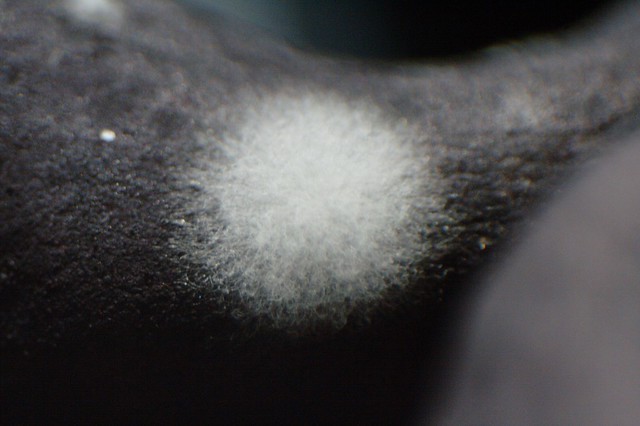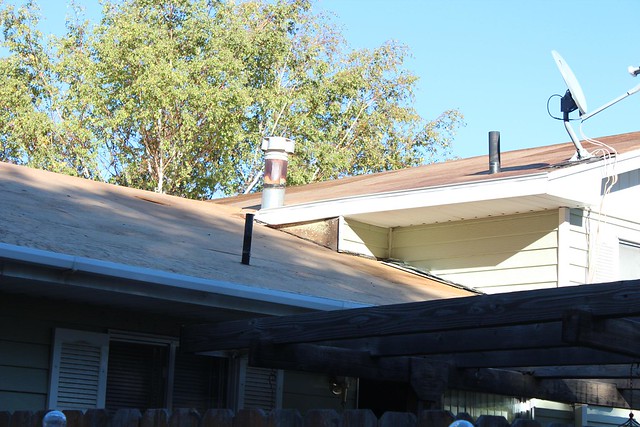When black Molds Infest a Home
The issue with black molds. (Photo Credits)
Having black molds grow in any home can be a cause for concern. It is very alarming that it should never be shrugged off.
The website This Old House explained how Black Molds grow, specifically in the attic.
"That's because all season long, warm moist air has been leaking from the house and into the attic, where it has condensed on—and been absorbed by—the cold underside of the plywood roof sheathing. As temperatures warm up and the icy plywood thaws out, the conditions are perfect for mold to grow on the wet wood. As the weather gets warmer and the sheathing dries out, that mold will go dormant until conditions allow it to start growing again. Dormant or not, black mold isn't something you want in your house"
Read the whole explanation here.
More information on Black Molds
Connecticut-Based JP Maguire meanwhile shared more information about Black Molds in one of its published posts.
"Ideal humidity for this black mold is a relative humidity of 90% or higher for it to begin the germination growth process. Stachybotrys feeds on materials with a high cellulose content such as hay, straw, wood chips, and building materials such as ceiling tile, drywall, paper vapor barriers, wallpaper, insulation backing, cardboard boxes, and paper files."
Check out the infographic here.
Related Mold, Fire and Flood Remediation Services:
- Emergency Service
- Damage From water Classified in Different levels
- MF Emergency Restoration Murrieta
- MF Flood Repair of Temecula county
- MF Water Damage Repair 24 Service
The website 101 Cleaning Tips for its part shared ways to remove black molds from a bathroom sealant.
"In order to kill mold from the bathroom sealant, you can choose several chemicals such as chlorine and ammonia, or you can choose a natural product you can mix it by yourself. Put 2/3 white vinegar in a spray bottle and add 2 teaspoons of baking soda. Whatever product you use, simply spray the silicone mold from the shower and let the mixture act for about an hour. This will kill the mold spores and will prevent them from growing and spreading."
Read the rest of the instructions here.
The best way to totally eliminate black mold growth is calling expert removal services from contractors.
http://www.moldfixer.org/helpful-tips-prevent-eliminate-molds/
The post The truth about Black Molds appeared first on Mold Fixer.



